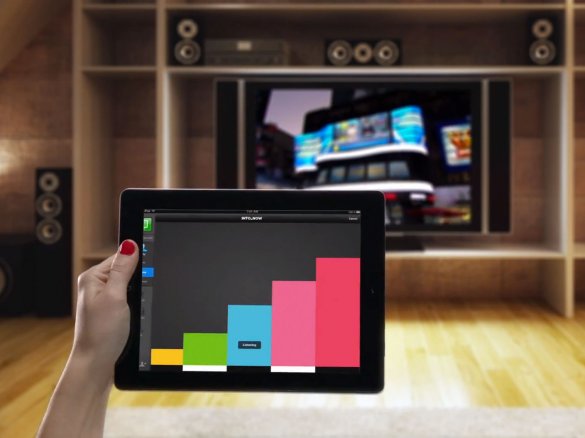
Much was made of the second-screen activity around the Super Bowl and its commercial breaks this year, with major brands experimenting with app integrations such as Shazam and IntoNow. But according to in-app analytics firm Flurry, the second screen disrupts TV audiences more than it complements the ads, diverting users’ attention away from both ads and content if they’re failing to hold consumers’ attention. That assertion suggests marketers might be better off trying to reach audiences that are less engaged with the “first screen” rather than those who are more engaged.
Flurry believes that the second screen is still largely more disruptive than complementary. If a consumer is not paying attention to the television program in front of her, she is likely using an application to post social updates or play games. For example, if a Super Bowl ad isn’t holding her interest, playing another round of Words with Friends is a likely activity.
Read the full post on Flurry’s Blog.
More in Media

From sidelines to spotlight: Esports events are putting creators center stage
Esports events’ embrace of content creators reflects advertisers’ changing priorities across both gaming and the wider culture. In the past, marketers viewed esports as one of the best ways to reach gamers. In 2025, brands are instead prioritizing creators in their outreach to audiences across demographics and interest areas, including gaming.

Condé Nast and Hearst strike Amazon AI licensing deals for Rufus
Condé Nast and Hearst have joined the New York Times in signing a licensing deal with Amazon for its AI-powered shopping assistant Rufus.

Media Briefing: AI payouts may be entering a new era
AI compensation is evolving — and new models, not just publisher demands, are driving the shift beyond flat-fee licensing.





